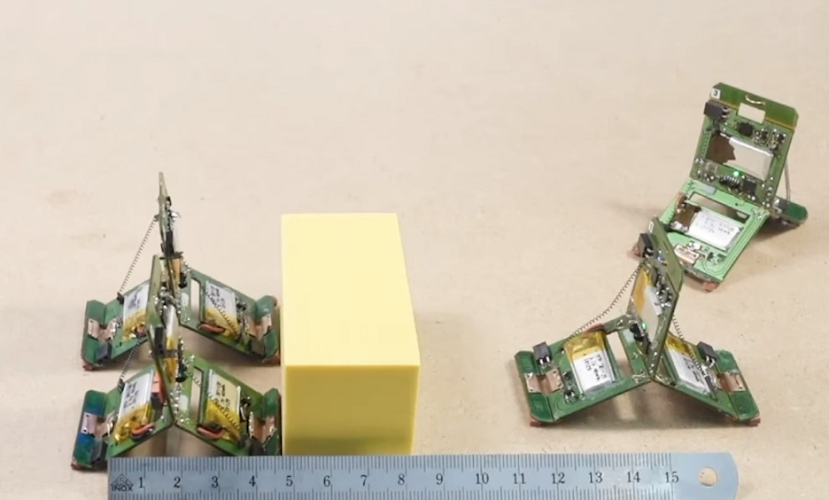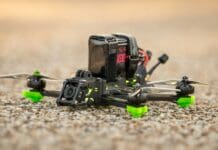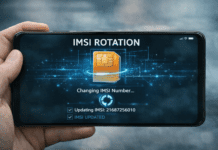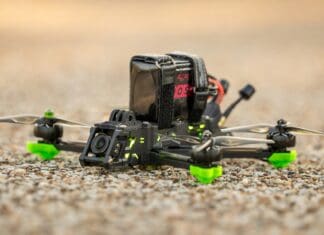Researchers at the Swiss Federal Institute of Technology Lausanne (EPFL) have managed to develop ant inspired robots that can communicate with each other, assign roles between themselves, and complete complicated tasks as a group. The tiny 10 gram robots are completely untethered and are capable of jumping, crawling, and navigating through uneven surfaces and over obstacles.
Ants when separated from the colony are incredibly limited with their intelligence and strength. However when working together, ants excel at overcoming obstacles and challenging tasks. The researchers at EPFL have been working to recreate this natural phenomenon with robots.
The robots, when working as a “colony”, are capable of detecting and overcoming obstacles, as well as lifting objects much heavier than themselves.
The three legged, foldable robots are called Tribots. They are easy to assemble and are completely autonomous as well. Each Tribot is equipped with infrared and proximity sensors that are used for communication and detection purposes.
Actu.epfl.ch mentions how the Tribots have five different methods of advancing forward. They can either jump vertically or horizontally, somersault over obstacles, walk on non-flat terrain, or crawl on flat surfaces.
Although each Tribot is the same, each robot has a different role depending on the situation. There are explorers, workers, and leaders. The explorers detect obstacles in their path and inform the rest of the robots. The leader gives instructions to proceed, and the workers collectively use their strength to move objects.
Future applications of the Tribots could include assistance in search and rescue missions. The Tribots could be deployed to find survivors under rubble due to an earthquake or terrorist attack, since they are small enough to fit in the gaps between the rubble and since they are designed to operate as a team to get through obstacles.
Work on the Tribots is the result of a partnership between EPFL and Osaka University.



























